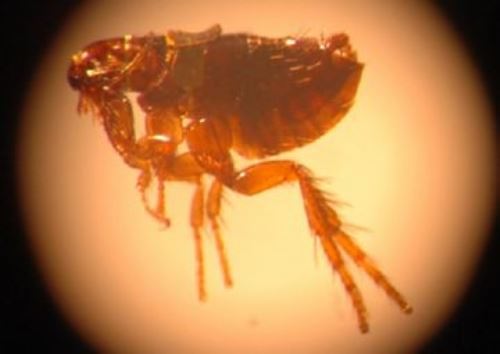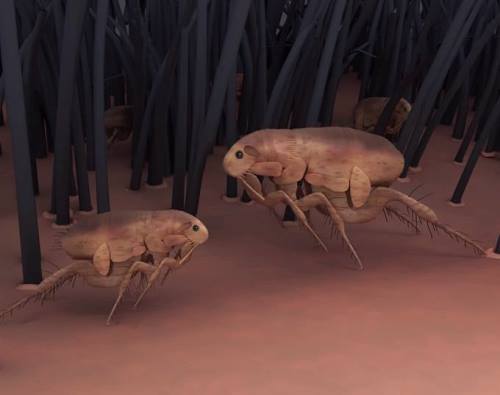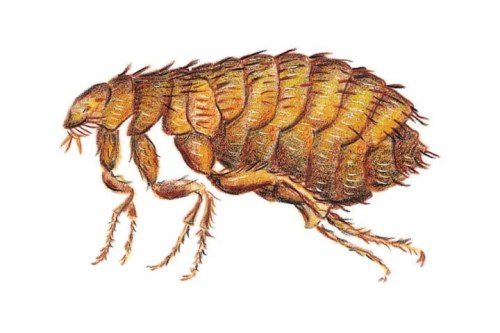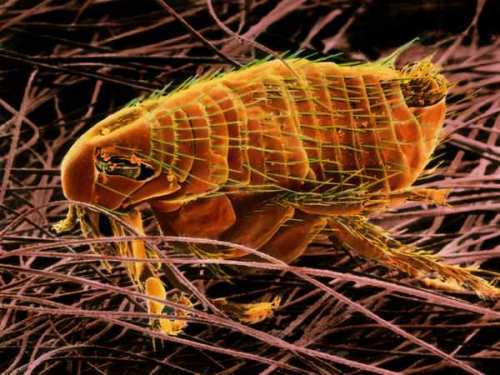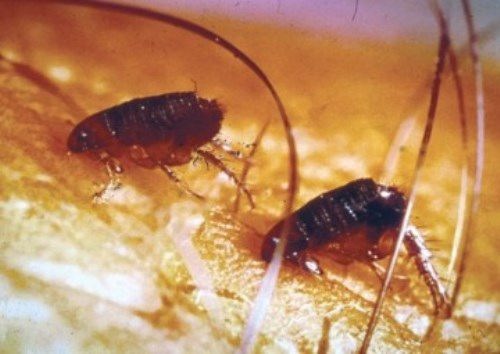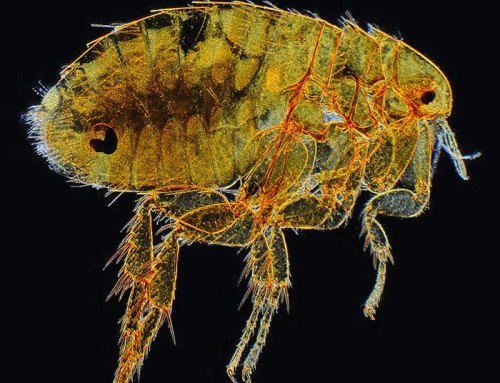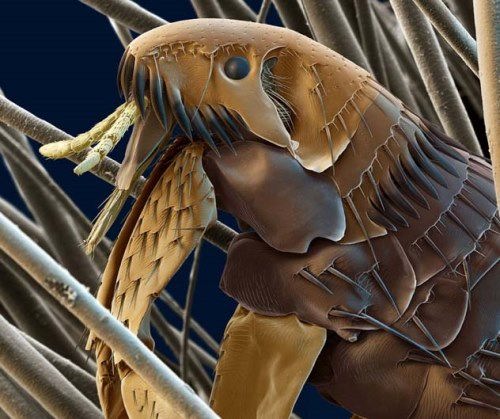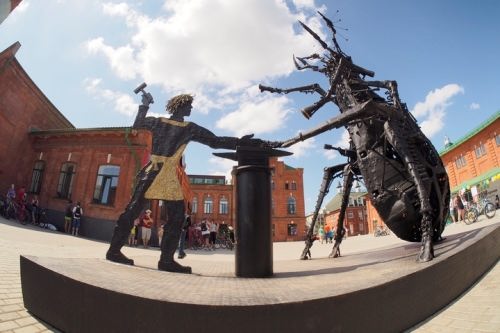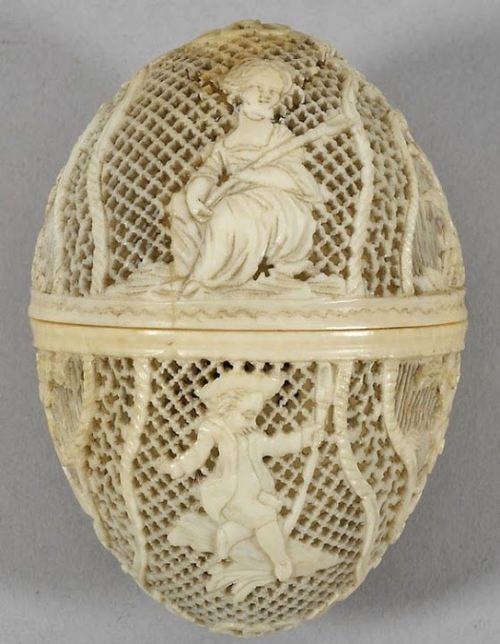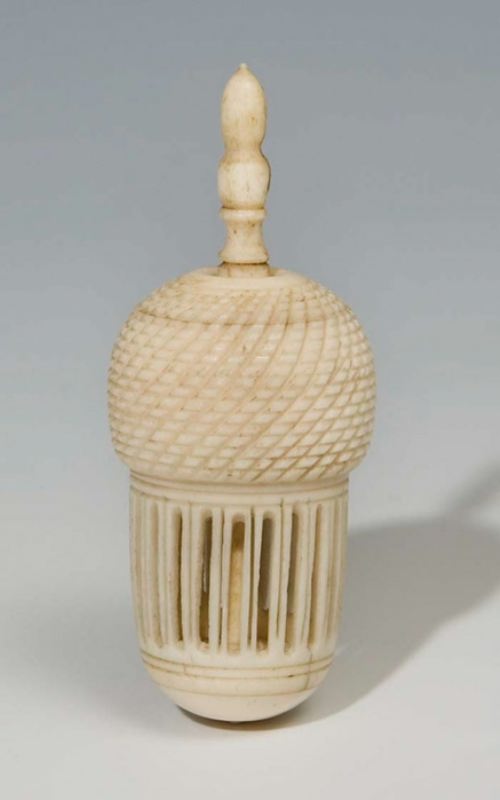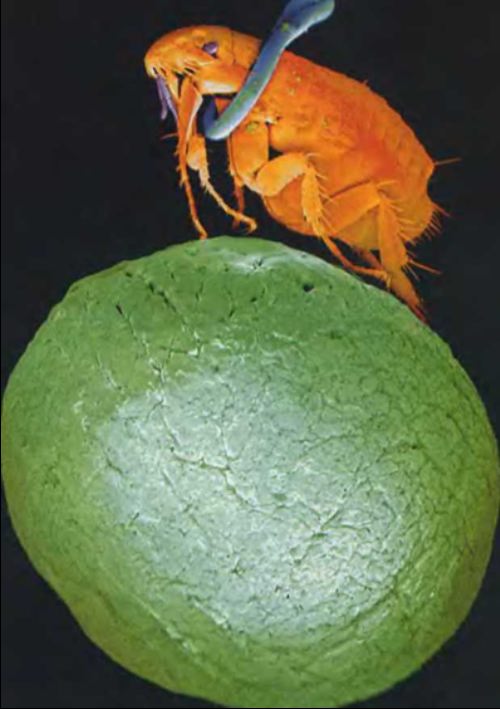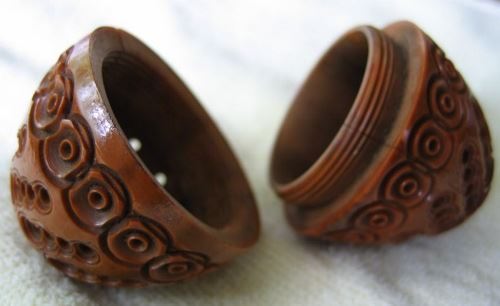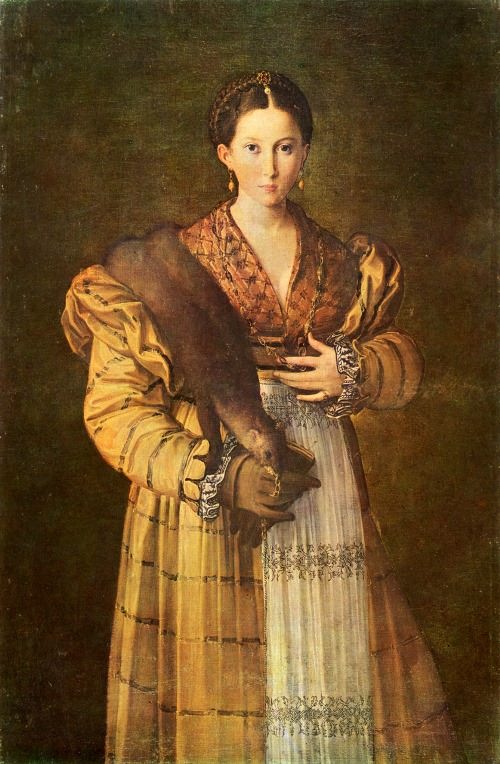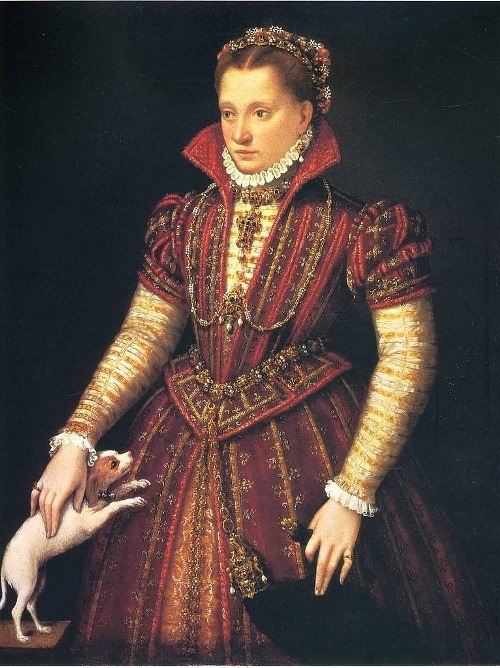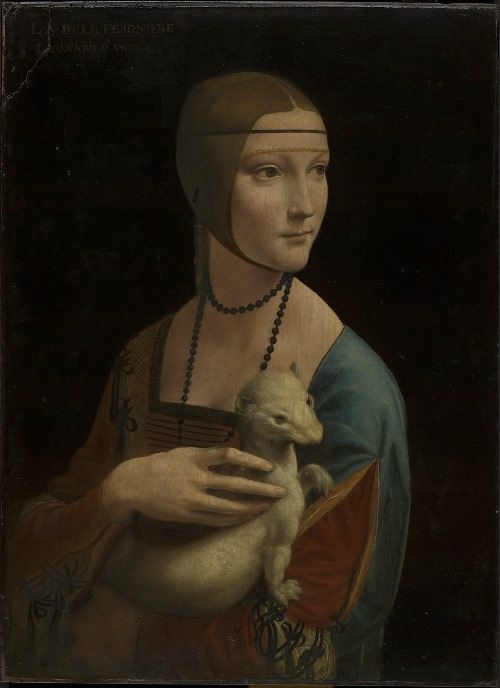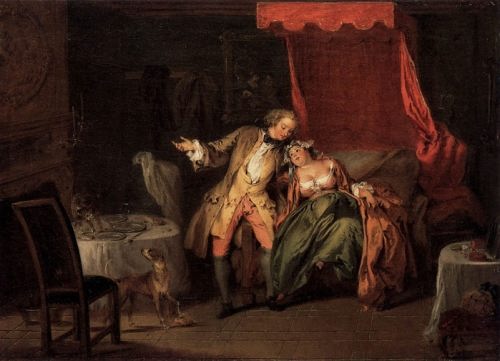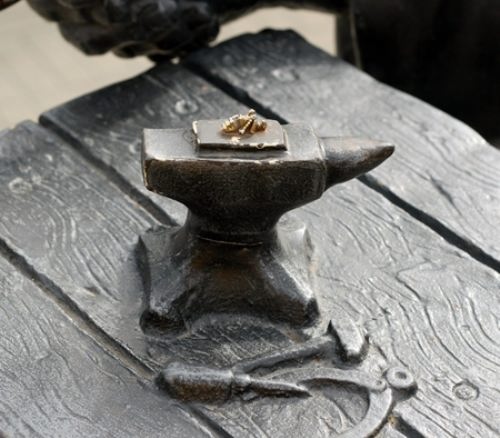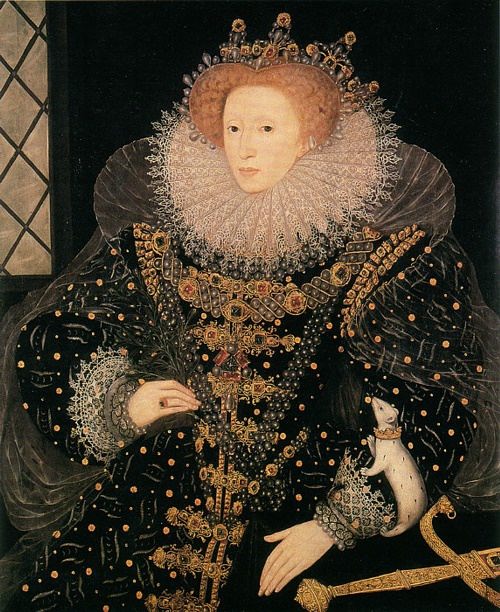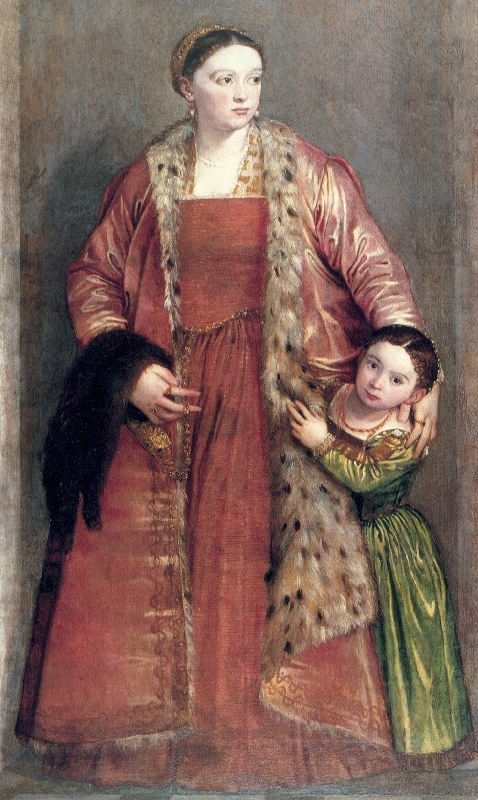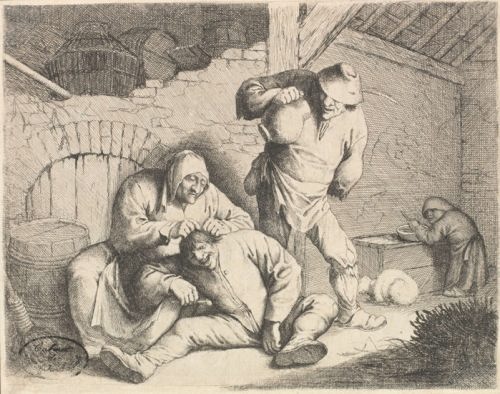Flea – interesting parasite
Fleas are insects that live as parasites on birds and mammals, including humans. They depend on the animal they live on for food. Fleas bite the animal and feed on its blood. They can spread diseases. There are about 1,600 species of flea. The largest individual is only about 1 centimeter long. Fleas are excellent jumpers.
A flea has four stages of life: egg, larva, pupa, and adult. A female flea can lay more than 20 eggs every day. Adult fleas live for a few weeks to about a year.
Fleas commonly spend a great deal of time off their hosts, for example, in vegetation or on the ground. They can generally survive for a long time without feeding.
The most deadly disease that can be spread to humans by fleas is bubonic plague or black death. Bubonic plague can occur in epidemics that afflict large numbers of people, and can result in high mortality rates. Another disease is murine flea-borne typhus.
Trained fleas from ancient times entertained the audience in small circuses. In Europe, for a long time, there were people who knew how to train insects and stage rather complex performances.
In the XVII century gallant young people caught a flea on a date with a lady and put it in a medallion.
In the XVIII century there were so many fleas in the palaces of the French nobility that it was necessary to invent flea traps – small gold boxes with holes. People carried them on their necks, but the effectiveness was questionable.
King Louis XIV of France ordered the establishment of a special post at the court – a page for catching fleas.
Another effective medieval way to get rid of parasites was to give it another victim. For this purpose, the young ladies carried ermines, martens, ferrets and small dogs: their body temperature is higher, so the bloodsuckers willingly jumped on animals.
Great masters of the word, beginning with Aesop, almost all paid tribute to the flea and artists dedicated them their paintings.
